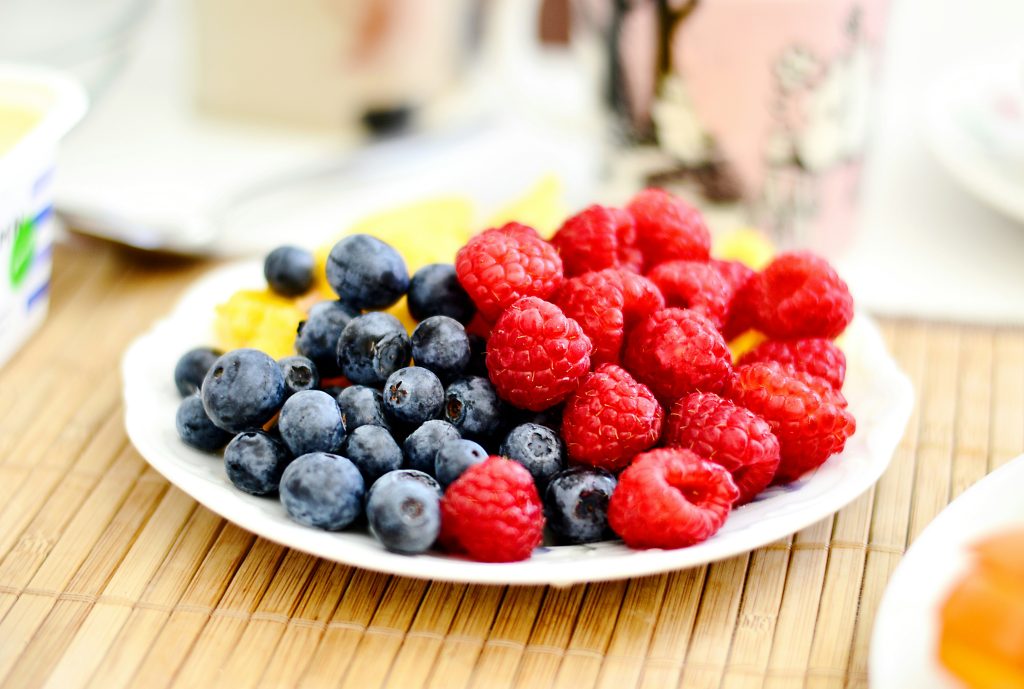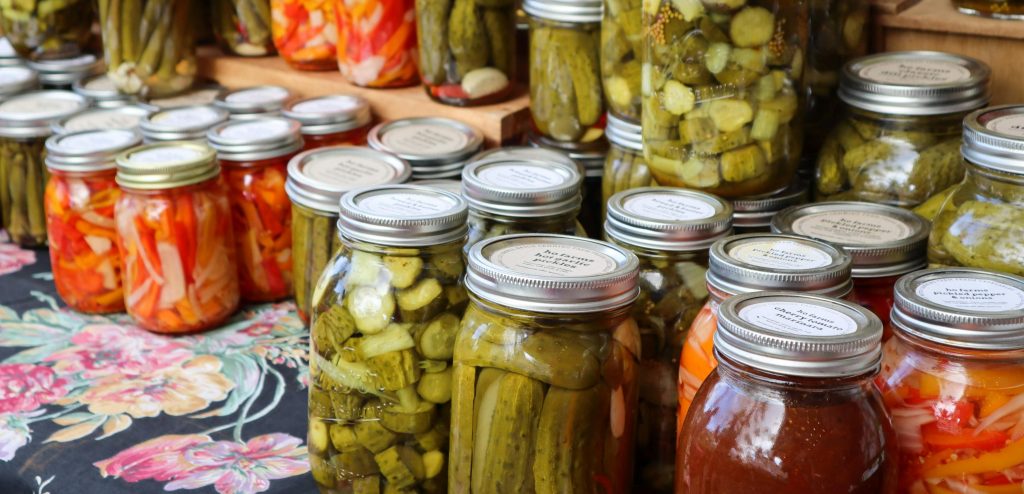
Maintaining a healthy gut is crucial for overall well-being. Candida overgrowth can lead to numerous health problems, including digestive issues, fatigue, brain fog, and skin problems. Candida is a type of yeast that naturally lives in our bodies.
However, when the balance of good bacteria in our gut is disrupted, candida can overgrow and cause problems. The good news is that making dietary changes can help to reduce candida overgrowth and improve gut health. This article will explore the candida diet, including foods to eat and avoid for a healthy gut.
What is the Candida Diet?
The candida diet is a specific diet that aims to reduce candida overgrowth in the body. The diet involves eliminating certain foods that can contribute to candida growth while increasing the consumption of foods that can help restore gut balance.
Foods to Eat on the Candida Diet
1. Non-Starchy Vegetables
Non-starchy vegetables are a great source of fiber, vitamins, and minerals. They can also help to promote the growth of good bacteria in the gut. Some examples of non-starchy vegetables include kale, spinach, broccoli, cauliflower, and asparagus.
2. Low-Sugar Fruits

Fruits can be a healthy part of a balanced diet. However, some fruits are high in sugar, which can feed candida. Low-sugar fruits, such as berries and green apples, are a better choice on the candida diet.
3. Healthy Fats
Healthy fats are an essential part of a healthy diet. They can help to reduce inflammation and improve gut health. Good sources of healthy fats include avocado, olive oil, coconut oil, and nuts.
4. Fermented Foods

Fermented foods are a great source of probiotics, which can help restore gut balance. Examples of fermented foods include sauerkraut, kimchi, kefir, and yogurt.
5. Protein
Protein is essential for building and repairing tissues in the body. Good protein sources on the candida diet include fish, chicken, turkey, eggs, and tofu.
Foods to Avoid on the Candida Diet
1. Sugar
Sugar is one of the main culprits behind candida overgrowth. Avoiding all forms of sugar on the Candida diet, including white sugar, brown sugar, honey, and maple syrup.
2. Processed Foods

Processed foods often contain sugar and other additives that can contribute to candida overgrowth. It is best to avoid processed foods and opt for whole, unprocessed foods instead.
3. Starchy Vegetables
Starchy vegetables, such as potatoes, yams, and corn, are high in carbohydrates and can feed candida. It is best to avoid these vegetables on the candida diet.
4. Grains
Grains, such as wheat, barley, and rye, contain gluten, which can be difficult to digest for some people. Gluten can also contribute to inflammation in the gut. It is best to avoid grains on the candida diet.
5. Alcohol
Alcohol can disrupt the balance of good bacteria in the gut and contribute to candida overgrowth. It is best to avoid alcohol on the Candida diet.
Research on the Candida Diet
Several studies have examined the effectiveness of the candida diet for reducing candida overgrowth and improving gut health. A 2014 study published in the Journal of Medicinal Food found that a low-sugar, low-yeast diet effectively lowered candida overgrowth in patients with Crohn’s disease (Fernández-Navarro et al., 2014).
Another study published in the Journal of the Academy of Nutrition and Dietetics found that a low-sugar, low-yeast diet effectively reduced symptoms of candida overgrowth in women with recurrent vulvovaginal candidiasis (Makalani et al., 2016).
These studies suggest that dietary changes, including reducing sugar and yeast consumption, can help minimize candida overgrowth and improve gut health. However, it is essential to note that the candida diet should not be used as a replacement for medical treatment for candida overgrowth or other digestive issues.
Conclusion
The candida diet can be a helpful tool for reducing candida overgrowth and improving gut health. By eliminating sugar and other candida-promoting foods and increasing the consumption of fiber-rich, nutrient-dense foods, we can promote good gut bacteria growth and reduce inflammation. However, working with a healthcare provider to determine the underlying cause of candida overgrowth and develop an appropriate treatment plan is essential. We can achieve optimal gut health and overall well-being with the proper dietary and medical interventions.
